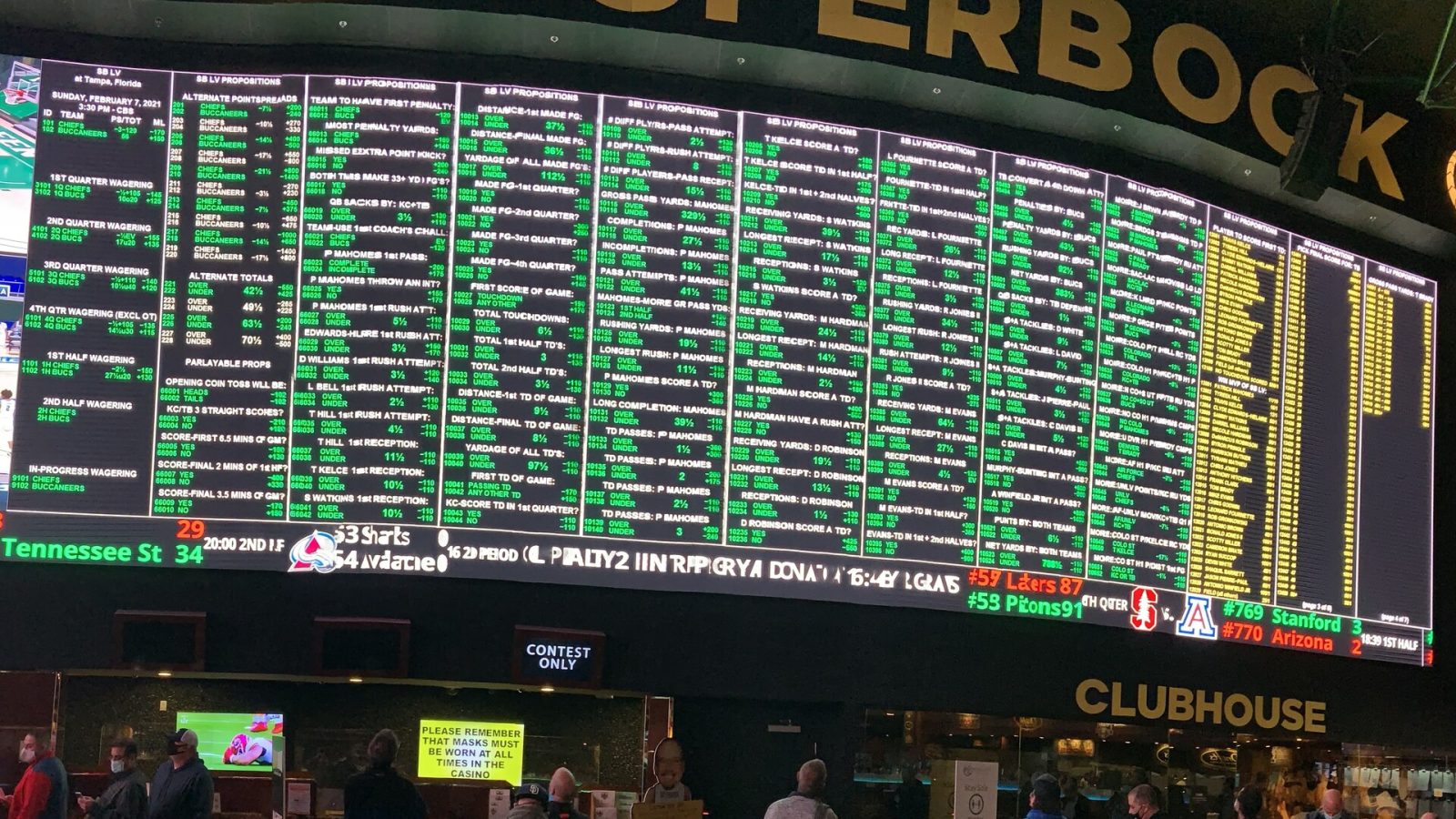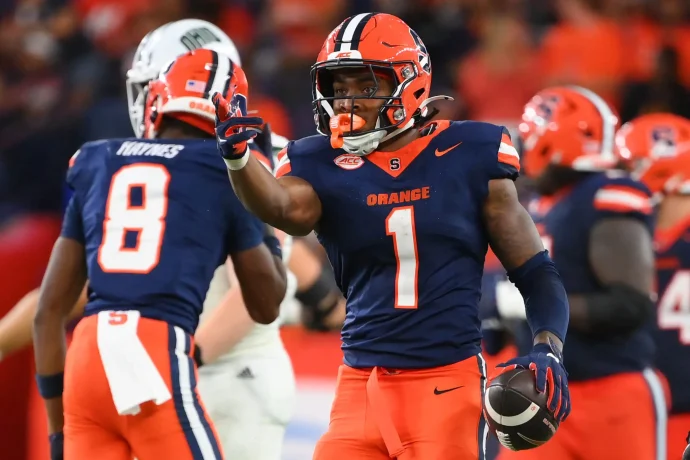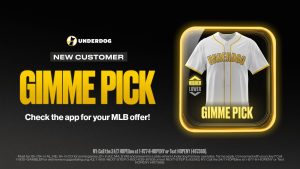Super Bowl betting will dominate the sports gaming landscape right through the Feb. 13 kickoff — and even during the game, with the ubiquity of in-play wagering. Every casual bettor will have some skin in the game, as will those who really never bet, save for Super Bowl Sunday.
But the coming days are also hugely important for many professional bettors. So how do the pros — those making what are deemed Super Bowl sharp bets — assess the Big Game?
For one well-respected professional bettor, time management is clearly a key component to Super Bowl betting. We learned that and a whole lot more over a revealing lunch with Rufus Peabody.
Always Plugged In
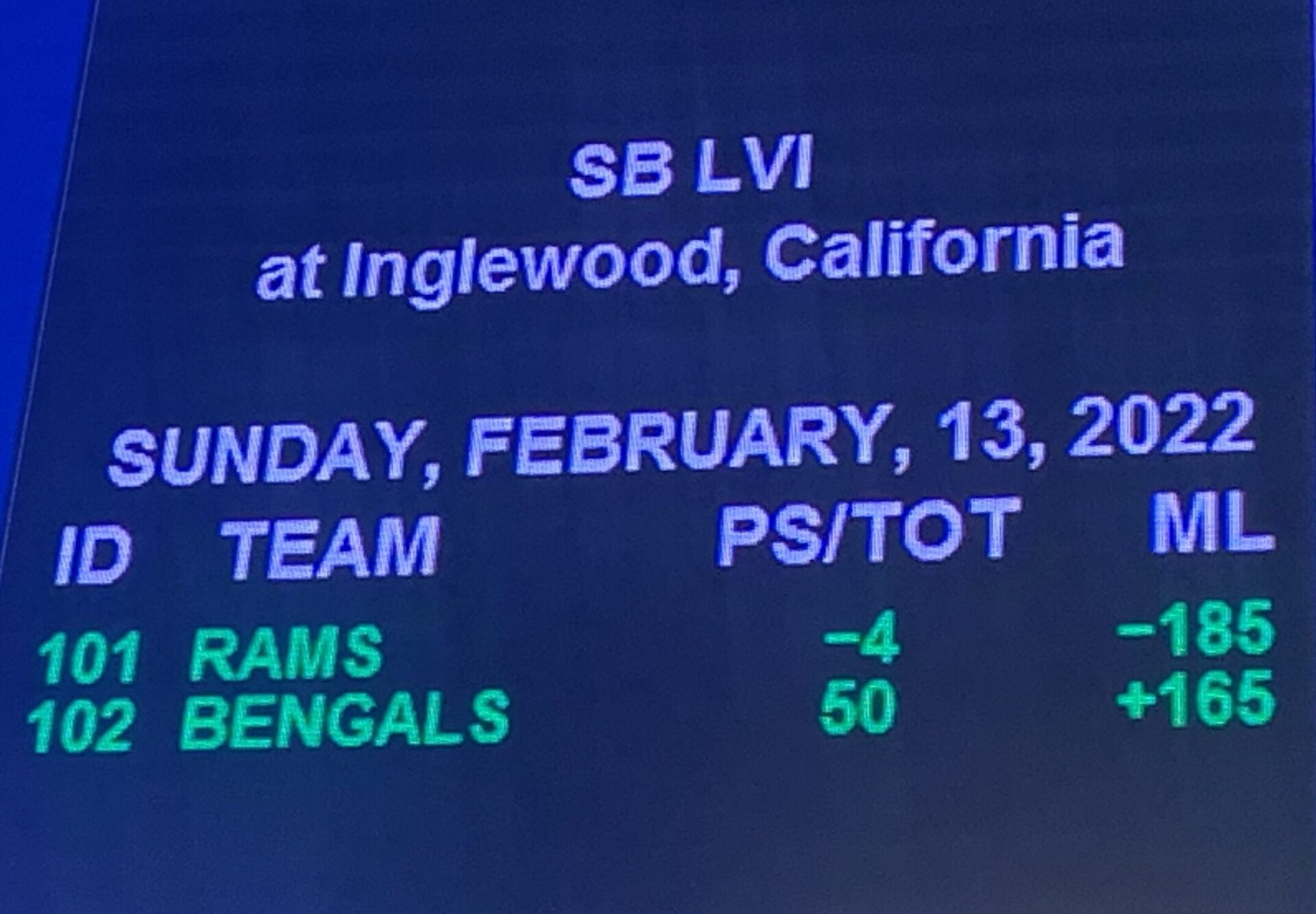
In the two weeks between the NFL conference championship games and the Super Bowl, Peabody and his partners are up to their necks in analytical work. But Peabody agrees to a sit-down early in the process, on Monday afternoon, a day after the Los Angeles Rams-Cincinnati Bengals matchup is set.
“I have to eat anyway,” Peabody says in a text message agreeing to the discussion. Yep, hard to ignore that whole being hungry thing.
But even over lunch, Peabody makes sure no minutes go to waste. We grab a table by the wall, conveniently and intentionally by an electrical outlet. Peabody then pulls his laptop out of his backpack, plugs it in, and starts running simulations for the Super Bowl and the Pebble Beach Pro-Am PGA Tour event. While those simulations run on their own for the next hour, we dive into the matter at hand: Super Bowl betting.
As it turns out, Peabody’s conference championship wagering didn’t exactly point to a Rams-Bengals meeting. So when Super Bowl odds first posted Sunday night, he didn’t immediately race to plug those numbers into his models.
“The first thing I did was kind of get away from it for a little bit,” Peabody says. “But truth be told, most of my prep work has been done in the past few weeks. A lot of work I did for the AFC and NFC championship games is directly applicable to the Super Bowl. Not a lot changed.”
As Peabody divulges his early thoughts on Super Bowl 56 while working on a turkey-and-avocado sandwich, one thing quickly becomes clear: He’s not betting on the side or the total of Rams vs. Bengals. Likely not even a penny.
He and his partners, as they do every year, are leaning heavily into Super Bowl prop bets. Career bank robber Willie Sutton was reportedly once asked why he robs banks. His snappy reply: “Because that’s where the money is.” The question of why one bets on Super Bowl props could yield a similar response: “Because that’s where the value is.”
So Peabody quickly steers the conversation to the on-field participants for Super Bowl 56. Specifically, how much those participants will be used in the game.
“There’s all sorts of research in terms of trying to figure out player usage,” Peabody says, while citing a generic example of how many plays a team runs, how many of those plays are rushing attempts and how many are pass plays. “Coming up with the number of completions and rush attempts, and who those are going to — there’s a certain usage pattern. And sometimes that usage pattern shifts. You have to go through that and look. And sometimes, you have to make a professional guess.”
A more specific example: Rams running back Cam Akers lost two fumbles in the NFC Divisional Round win at Tampa Bay.
Says Peabody: “The question would be: Will [those fumbles] affect his usage” in the NFC Championship Game? Or subsequently in the Super Bowl? “Those are difficult questions to answer.”
Props Preparation

While reading a coach’s mind isn’t possible, being prepared for typical Super Bowl prop bets is entirely possible. Especially if you’re someone like Peabody. As a professional sports bettor since 2009, he’s catalogued practically every prop offering from a variety of sportsbooks over the past 13 years.
He’s got a boatload of those props, hundreds to be sure, loaded into Excel spreadsheets. And when new information is presented, he simply plugs it in and lets the formula spit out what it deems a fair price. As sportsbooks far and wide get ready to release their Super Bowl props, Peabody already knows much of what’s on the way. And he’s planned accordingly.
“Focus on the ones you know about, the ones you know you’re gonna see, but that you don’t see every week in the NFL,” the 36-year-old Peabody says. “I’m ready for just about every game prop that I’ve seen in the past, things I can price with basic game info. Will there be a score in the last two minutes of the half? Will there be three unanswered scores?
“I’m making sure I’ve modeled those out. Then, it’s just a matter of plugging in the point spread and total, or a team’s touchdown projection, and the computer prices it out for me.”
A couple value-play props Peabody recalls from years gone by: In the Cardinals-Steelers Super Bowl in February 2009, Over/Under 3.5 total field goals from one sportsbook; and in multiple years from another operator, Yes/No on whether there would be a roughing-the-passer penalty.
“I was able to bet Under 3.5 total field goals at +130, which is insanity. It was such a bad price,” Peabody says, noting Under should have been in the -130-to-160 range. As for the roughing-the-passer prop: “It was priced at -115 each way, I believe, and I’d always bet it up to -200 on the No.”
The oddsmakers have since gotten wise to those and other prop pricing errors.
“The big difference now is there’s not as much value in getting opening numbers,” Peabody says. “Back then, there was value to getting the first lines. It’s gradually become less important, as you’ve had consolidation [of sportsbook operations] and fewer independent shops.
“Game props are priced out a lot better than they used to be, largely because operators are offering [some of] these props on every game. You don’t have a situation anymore where a book has no idea what they’re doing in pricing a prop.”
But that doesn’t mean there aren’t plenty of Super Bowl betting advantages for those willing to invest a little time.
‘A Lot Of Surface Area To Defend’
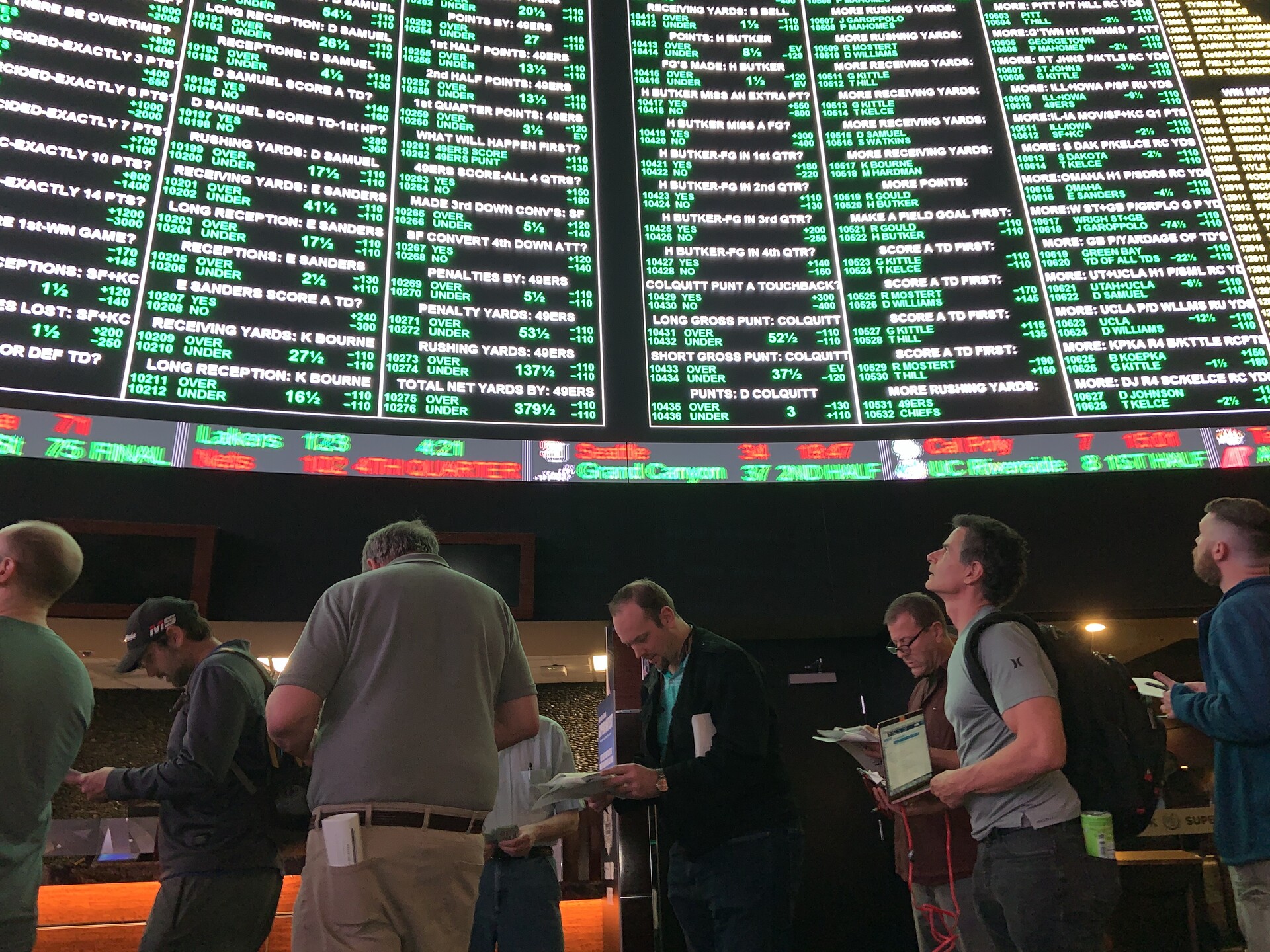
Oddsmakers might be much better at pricing props than they used to be. However, there are also a lot more prop bets in the Super Bowl betting market than there used to be. Most books now offer hundreds of props, and some of those markets — one team’s total points, for example — can be bet in dozens of ways. So there can be literally thousands of outcomes across those hundreds of bets.
“The books have a lot of surface area to defend, and the betting public can shape Super Bowl numbers in a way they can’t on typical games,” Peabody says. “There are so many recreational bettors, but also people who only bet once a year. It’s why you always find value in betting against the safety, betting against a defensive touchdown. But more generally, betting against a player to put up big numbers, or betting Unders.”
And that’s precisely why Peabody and his partners avoid the typical side or total plays for the Super Bowl.
“My partners and I are gonna have between $1.5 million-$2 million on the Super Bowl, if previous years are any indication. Would I really want to have $1.5 million on one bet, the side or the total? Of course not,” Peabody says. “If I bet the side or the total, I’d probably get a $20,000 bet at a relatively small edge. I don’t want too much exposure on one bet. I want to diversify, with hundreds of bets.
“With Super Bowl props, it’s a combination of the ability to bet a good amount of money and get a lot of edges. I will end up with $20,000 positions on some props. It’s the ability to get down in a way you wouldn’t be able to normally on props.”
And it’s almost always the case that oddsmakers are the biggest fans of Peabody, his partners and the sharp betting community overall. The reason: Much more so than during the regular season, the amount of money that pours in from public bettors for the Super Bowl overwhelms sharp action.
“The funny thing is, the books generally want me to win. If I have a good Super Bowl, generally the books have a good Super Bowl,” he says. “You could look at what the book’s result was, and look at my profit and loss, and it’ll be significantly correlated.”
Going Against The Grain
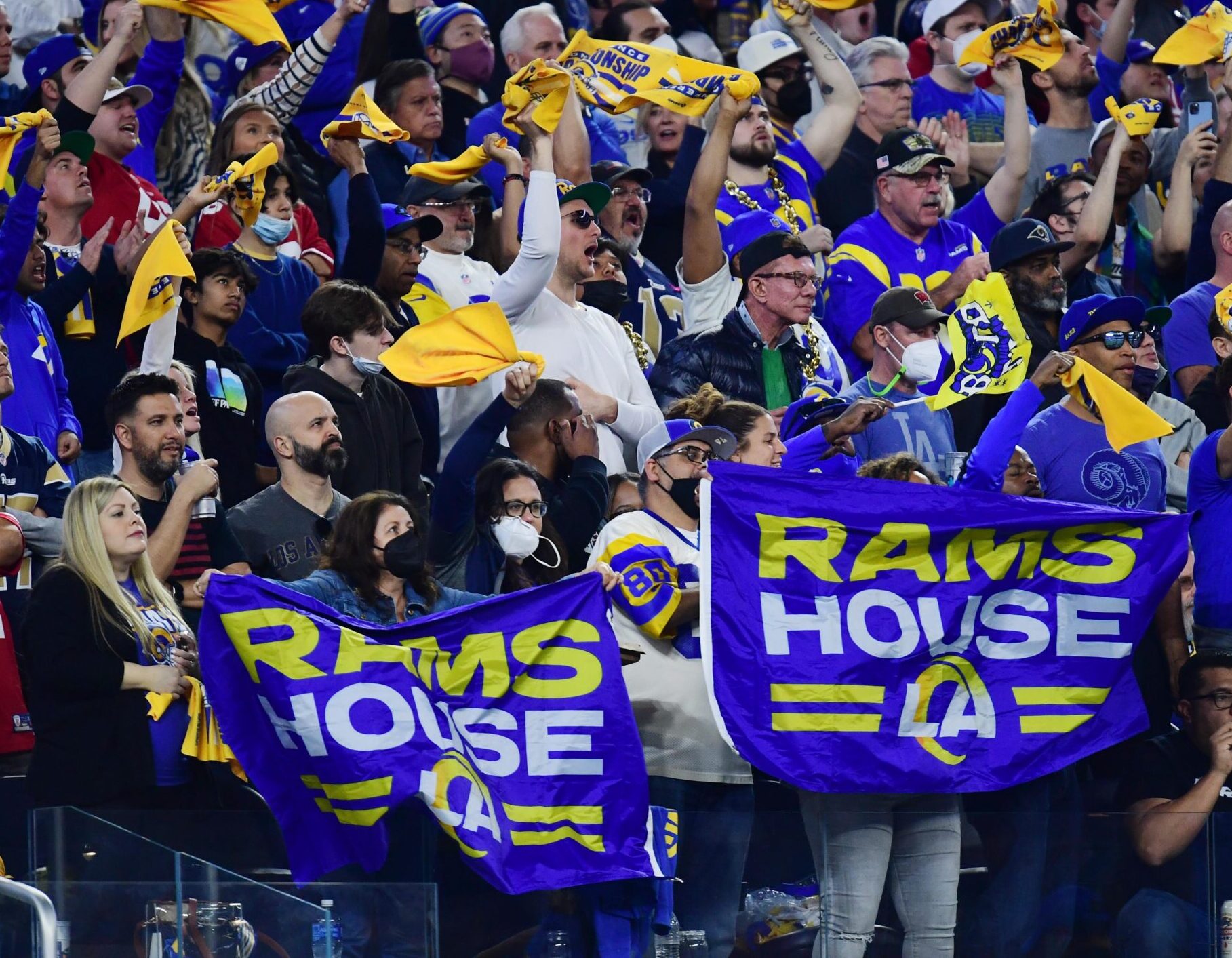
So for Peabody to have a good Super Bowl Sunday — and the books to do likewise — he’s got to hope the public doesn’t get what it wants: Tons of scoring, long-yardage plays, interceptions/kicks returned for touchdowns.
“If there’s a crazy exciting game, chances are I did not do well. I’m gonna be rooting for the most boring game ever, which is why this last weekend was not good for me,” Peabody says, alluding to his setbacks in the conference championship tilts.
He’d love nothing more than for Rams-Bengals to be a rerun of Super Bowl 53. The Patriots capped the 2018-19 season with a lackluster 13-3 victory over the Rams. Not only did he cash out nicely because of that extremely low score, but he also won his favorite Super Bowl prop bet. Peabody likes to call it an exacta, borrowing from the horse-racing term in which a bettor correctly picks the order of the first two finishers. But in Peabody’s parlance, an “exacta” is betting on the exact number of points a team will score.
“I had 3 on the Rams,” he says.
Nearly a decade earlier, in Super Bowl 44 — a much more exciting game — he nailed the exact points for each team.
“I had the Saints exactly 31, the Colts exactly 17. So I hit both,” he says. “But for every one that I hit, there are a lot of near-misses.”
Still, he’s not going to fire on exact scores just for fun.
“Because I like these bets so much, I’ll probably bet a smaller edge. But I won’t bet it unless there’s value. They’re just fun Super Bowl bets,” he says. “For example, I make the Rams 12,074/1 to score exactly 2 points in the Super Bowl. But I’m not gonna be betting that. The number that I have the Rams most likely to score is 31, and 12.8/1 is a fair price. It’s a formula based on the spread and the total.
“But at 31, it’s doubtful [oddsmakers will] price it such that I’ll get value. There’s more value on long shots, obviously, but not all long shots. And usually, there’s more value on lower point numbers. The public likes betting on [exciting] things to happen.”
Like, for example, betting Yes on whether there will be a safety. (Author of this article sheepishly raises hand.)
“I’ll bet No on safety for sure, and I’ll wait until game day,” Peabody says, noting he’ll stand by until the public has pounded Yes to the point that the price on No reaches its maximum value. “I’ll bet it with any leftover money I have at the end.”
Parting Advice

As a successful sharp bettor, Peabody is practical to the extreme, as he should be. He’s also a realist. He and other professional players can implore others to not bet Yes on whether there will be a 2-point conversion or overtime. But the public is gonna public when it comes to Super Bowl betting.
So he offered up practical advice to the reality that will steam downhill like an avalanche between now and kickoff on Super Bowl Sunday.
“If you want to bet Overs, bet them early in the week. Don’t wait until game day. If you want to bet Unders, wait,” Peabody says. “And shop for the best price. For small bettors, if you saw a dollar laying on the ground, you’d pick it up. So check all the books, especially with props. It’s not like betting on the game, where the lines are generally very similar from book to book. There are a lot of differences between books on props.
“So even if you want to bet Yes on the safety, or if you want to bet on the coin toss, shop for the best price. It’s so important.”
Perhaps even more important than finding a table by an electrical outlet.
Rufus Peabody is a professional sports bettor and the co-founder of Unabated Sports, which provides sports betting tools and educational content. Based in Las Vegas, Peabody also co-hosts the weekly podcast Bet The Process.
